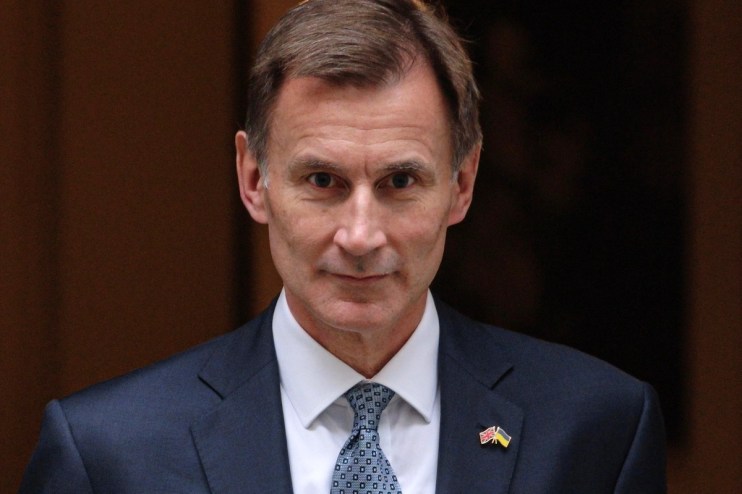Explainer: Back to work, Britain. Is Hunt’s plan to get people out of retirement working?

It was one of the key ambitions of Jeremy Hunt’s spring budget, to get Britain back to work, and it certainly seems to be working.
The number of economically inactive people in the UK had risen to an all time high over the pandemic, with 1.2 million job vacancies, largely driven by early retirees or the long term sick. This was creating an impossibly tight labour market which made it difficult for businesses to hire, and therefore grow.
But by the end of March, 63,000 people rejoined the workforce, still leaving 360,000 more economically inactive people in the UK. The number of people not in a job because of sickness has surged to 2.55 million, almost half a million more than before the pandemic.
Job vacancies, one of the most tell-tale signs of a systemic staffing shortage, have started to fall, but they are still hovering at just over a million.
Hunt’s efforts to get people back into the workforce largely centred around scrapping the lifetime allowance on pension pots, and putting billions into reforming childcare. The childcare changes started, slowly, to come into effect from April, but won’t be rolled out fully until the end of 2025.
In fact, almost half of those who contributed to the boost in economic activity, to use the jargon, was students.
Those who stayed at home because of illness is still at a record high.
In fact, it’s likely Hunt’s arch nemesis pushing people back into work: inflation.
As the cost of living continues to soar, pushing the price of everyday essentials up, people previously out of the labour market returned either to earn a living while they study, or to top up their pension pot, eaten away by a pound in their pocket now worth less than it was when they retired.
The people Hunt really needs to get back to work are those who can’t because a health service crumbling under pressure.
